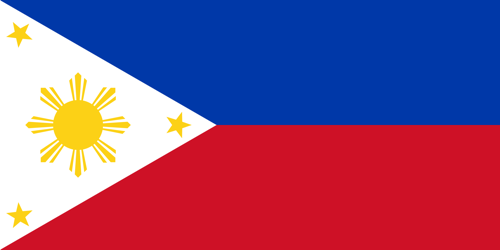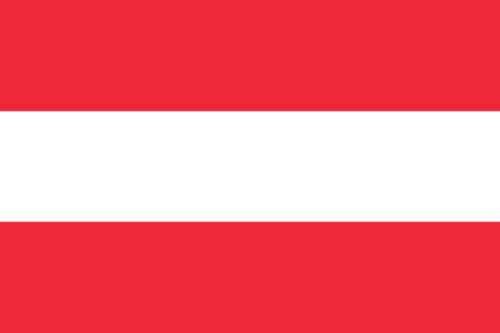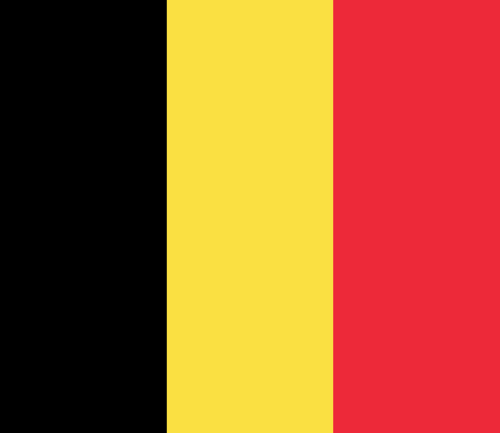Joint Programming
Description
Mission and Meetings
Expert Mission
Date:
-
Team note:
The Philippines have just recruited two consultants on the framework contract who will be supporting the JP over the next 2 years. The mission in September was arranged to coincide with the beginning of the consultants' assignment to help provide impetus for theJP by advising on the experience from other countries and providing inputs into dialogue between the EU partners about the expected JP process.









Joint Programming: State of play - In September 2016, the EU Delegation retained the services of two consultants to support the EU development partners in the Philippines to improve aid effectiveness, including joint programming and improved coordination mechanisms. The consultants facilitated a discussion among the EU Development Counsellors (DC) about what joint programming could entail. This discussion took place at the EU DC meeting on 23 September 2016. The meeting presented and discussed the potential for JP to further strengthen the coherence and complementarities of European programmes; fine-tune the division of labour, foster joint approaches to country analytical work and studies, and serve to identify further opportunities for joint implementation of programmes.
EU coordination and Policy Dialogue
EU DC meetings take place fairly regularly, around every six weeks, and serve to facilitate information exchange and coordination among the EU colleagues. As a result, cooperation between the EU partners has been close for a number of years and already includes consultation and coordination in programming to the extent possible, formulation of common positions and speaking with ‘one European voice’ vis-à-vis the Philippines Government on the key issues for policy dialogue, as well as joint implementation such as contributions to multidonor trust funds.
Joint reporting
The EU partners have been producing joint EU Development Cooperation Reports to raise the EU partners’ visibility. One published in January 2015 provided an overview of ODA for the preceding three years’ period (2012-2014) of all active EU member states and the EU Delegation to the Philippines. Separate chapters on EU assistance to the Bangsamoro region and response to typhoon Yolanda provided a more in depth picture of the variety of EU tools and funding mechanisms.
ODA data quality
Quality, reliability and access to up-to-date ODA data is an issue. As the EU partners work towards a more joined-up evidence-based programme and policy development, attention should be paid to improving the quality and coverage of the ODA data. The analysis of sector coverage, concentration and fragmentation of EU ODA can make a useful contribution to the joint programming and overall development effectiveness discussion. Development partners regularly report on their ODA disbursements in two ways: (i) At the HQ level - to the OECD Creditor Reporting System (CRS). (ii) At the country level - to the Philippine National Economic and Development Authority (NEDA).
National Development Plan
The Philippine Development Plan (PDP) covers the period 2017-2022, and is placed under the framework of the country's 25-year long-term vision 2040 approved and adopted in 2016 as a guide for development planning. The national development plan aims to take into account the country’s international commitments such as the 2030 Sustainable Development Goals. The PDP is articulated around 3 main pillars: 1) Pillar 1: Enhancing the social fabric; 2) Pillar 2: Inequality-reducing transformation; and 3) Pillar 3: Increasing growth potential. The main challenge for the Philippines to accomplish its PDP is to make growth more inclusive and to accelerate job creation by increasing investments particularly in infrastructure, better governance and by improving the business environment including better business services.
The PDP provides a framework that allows Team Europe to align its development cooperation programmes with Government policies and programmes with clear leadership and ownership on the part of the Philippine authorities.
Synchronisation of the planning cycles
Discussion of the potential for synchronisation among the EU partners noted that some of the partners already have development cooperation strategies in place. Notably French cooperation strategy (2012-2016), Spain (2014-2017) and EUDel (2014-2020 with mid-term review in 2016/17). Other EU partners’ projects and programmes’ however are not guided by specific development cooperation strategies but are rather directed through thematic or ad hoc funding from the HQ.
Scope of JP
EU partners are now presented with an opportunity to look beyond strictly bilateral cooperation, and to consider how other forms of EU development cooperation complement their bilateral development efforts. EU partners may therefore consider other existing sources of EU development finance that can create a stronger leverage and raise the visibility of the EU development investments, such as: Scholarships, Funding through (and for) civil society, Thematic programmes, Regional programmes. European development banks – (There are currently six EU development banks with active investment portfolio in the Philippines), Climate Investment Funds (CIF), Global Green Growth Institute (GGGI), Global Environment Fund (GEF)
Joint implementation
The EU partners in the Philippines are at the very beginning of the joint programming process. In the transition to joint programming, opportunities for closer coordination will be identified and further cooperation will be explored, such as the use of delegated cooperation and particularly blending grants with loans. EU partners will consider the inclusion of other DPs into the JP process.